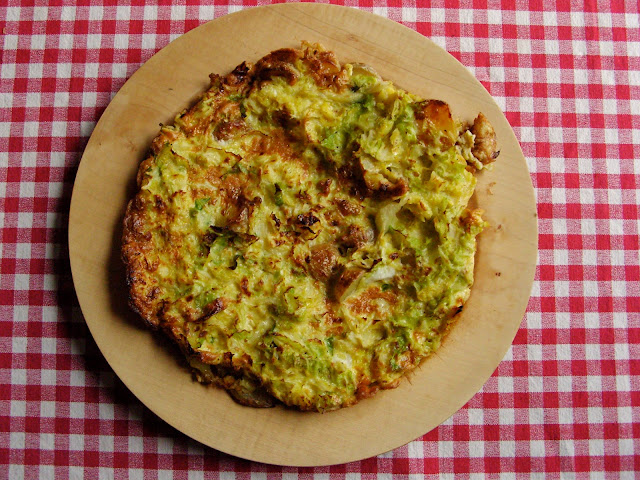
Received wisdom tells us that playing with your food is best avoided. Somehow it signals a lack of focus in the primary objective that should be eating. I feel ambivalent about writing about food. As though I'm stuck in some sort of perpetual self-reflective syndrome with food bloggers who write about little else but baking and all their accompanying smug, feelgood homeliness.
TV food programmes which are either so simplistic that they offer little more than food assembly, or the rarefied environs of Michelin star style cookery where the "classically trained" communicate in terms that are never explained linguistically or visually but are more intent on clever editing with on the beat cuts to coincide with the cracking of an egg.
With the state of the nation's health spiralling downward as fruit and veg spiral in the polar opposite direction. Food has become a stick to beat us with. In Britain the middle classes have hijacked food as a commodity with high cultural capital. Food faddism is another way to raise value but as with all fashions the majority are following rather than creating.
I'm still cooking but with nobody else in mind except my family and my own appetite. Appetite seems to be glaringly absent from most food discourse. Trying to fathom and fulfil our own individual peccadilloes as well as those of others and prepare food which goes some way to satiate.
Cooking is for many a real pleasure but also a chore. By denying this and elevating it to the level of an experiential pass time has the potential to alienate those who spend most time doing it. Meal times are often fractious inspite of carefully delineated places assigned to each individual - usually illustrating alliances or systems of control.
Children divided by parents, grandparents acting as a buffer. The head of the table with paterfamilias and eldest male sibling at the other, mother positioned to father's right hand and of course with easy access to the kitchen with youngest child (myself) next to her - ready to help, or receive a swift chastising. Younger brother next to me, third in line both in birth and from the patriarch. My sister the second child, at the left hand of my father and next to grandma. Those days are long gone with family meals like these never to be repeated now we each find our position according to which faction of the now extended family is present but consistency remains - the patriarch remains solidly fixed at the head of the table and playing with your food is not tolerated.





































